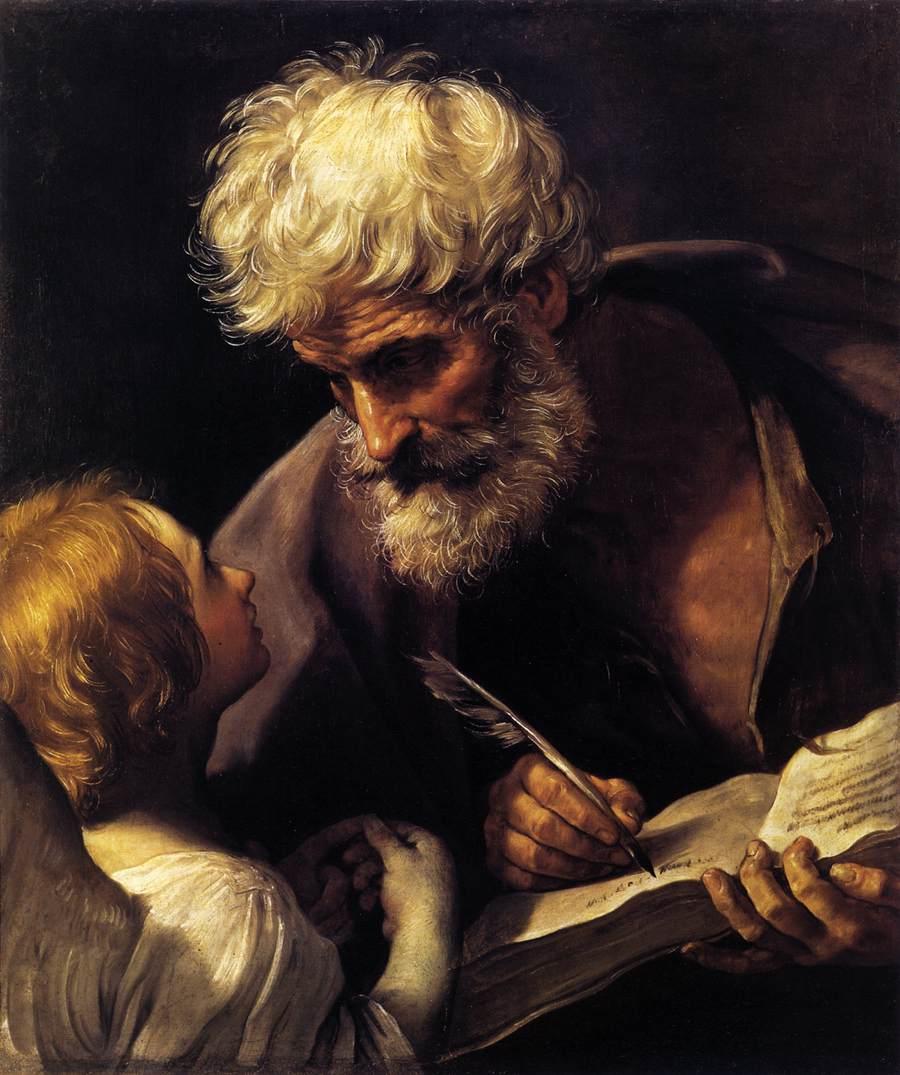Reading the Old Testament in the New: The Gospel of Matthew
Lesson Two: Son of David, Son of Abraham

Lesson Objectives
- To read Matthew 1-2 with understanding.
- To learn the Old Testament history and background behind the quotations and allusions used in the prologue to Matthew’s gospel.
- To gain a fuller appreciation of Matthew’s depiction of Jesus as a “new Moses.”
I. Review and Overview
In our last lesson, we talked generally about the changing attitudes of scholars studying the use of the Old Testament in the New Testament.
We wrapped up by looking at the findings of C.H. Dodd. He concluded that the Old Testament formed the "narrative sub-structure" for the New Testament. What he meant was that the history of Israel - events, characters, places - form the background for everything we read in the New Testament.
What that means for us, as readers of the New Testament, is that we have to pay close attention, not only to direct quotes from Old Testament sources, but also to echoes, allusions, and other more subtle references to the Old Testament.
In this lesson we want to explore what it means to read this way. We’re going to take as our text, the Gospel of Matthew, which has been called the "most Jewish" of the Gospels. Matthew appears to have been a Jew writing for other Jews sometime between the years 50 and 70 A.D. Unlike other Gospel writers, he doesn’t feel the need to explain his numerous references to Jewish customs and laws. And he laces his Gospel with at least 100 references to the Old Testament.
In the next five lessons, we’re going to read Matthew in its entirety, studying closely how his use of the Old Testament shapes not only his story-telling but the spiritual message he wants to convey.
Other Lessons
- Lesson One: Learning to Listen for Echoes: A New Approach to the New Testament
- To understand how important the Old Testament is to reading and interpreting the New Testament.
- To learn what “typology” is and to appreciate its significance for reading the New Testament.
- To understand the relationship between the writers of the New Testament and other first-century Jewish interpreters of Scripture.
- Lesson Three: ‘Not to Abolish, But to Fulfill’
- To read Matthew 3-7 with understanding.
- To understand the Old Testament background and allusions in Matthew’s depictions of John the Baptist, the Baptism of Jesus and His temptation in the wilderness.
- To understand the crucial importance of Jesus’ summary in the Sermon on the Mount: “Do not think that I have come to abolish the law or the prophets. I have come not to abolish but to fulfill.”
- Lesson Four: Healing and Restoration
- To read Matthew 8-10 with understanding.
- To understand the Old Testament background and allusions in Matthew’s depiction of Jesus’ healings and other miracles and the growing tensions with the scribes and Pharisees.
- To understand how Matthew uses evocations of select Old Testament prophets to convey that in Jesus, the long-anticipated “restoration” of Israel has begun.
- Lesson Five: Riddles of Rejection, Rock of Foundation
- To read Matthew 11-18 with understanding.
- To understand the Old Testament background to Jesus’ teaching in parables.
- To understand the deep Old Testament context by which Matthew conveys that Jesus is the long-awaited Messiah and the Church is the restoration of the Davidic Kingdom.
- Lesson Six: David’s Son, David’s Lord
- To read Matthew 19-28 with understanding.
- To understand the Old Testament background to Matthew’s depiction of Jesus’ entry into Jerusalem, His Passion and death.
- To understand the deep Old Testament context by which Matthew conveys that Jesus is the long-awaited “Son of David” and the “Son of God.”